Before the women’s all-around gymnastics competition at Rio Summer Olympics, the commentators mused that 23 out of 24 best gymnasts in the world were competing for silver and bronze. Even though we’re talking about one of the most unpredictable and exciting sports in the world, things were already set in stone.
The gold was secured by Simone Biles, whose level of difficulty and execution was so high, that she could afford several major mistakes – falls, even – and still stay comfortably ahead of her main competitors, Aly Raisman and Aliya Mustafina.
/cdn.vox-cdn.com/uploads/chorus_asset/file/6913787/2016-08-09%2014_26_59.gif)
In a way, Biles’ invincibility reflects the brand that endorses her – Nike. She is a blend of consistency and innovation in the sport and world where the bar is continuously raising.
So how did Nike come to be a synonym for success, athleticism, and excellence, always a mile ahead of its competitors? The answer is refreshingly simple – branding. So forget all the digital marketers’ stories about branding’s death and start thinking about the ways to make your name.
“Branding is more alive now than it has ever been. Brands are what help us make buying choices, and, when the economy is weak and money is scarce, we as consumers turn to trusted brands. This is what we know. This will not let us down,” says the director of Notapipe Brand Consulting Chris Farmer.
.jpg)
Brands draw their power from connection with our fundamental emotions.
“We choose brands as reflections of our aspirations, our hopes, and ourselves. For sportswear companies like Nike, we see ourselves in the brand and want to be associated with it,” adds Farmer.
Is Nike marketing strategy possible to replicate even if you don’t have a million dollar heavy budget? That’s a logical question for a business beginner. The answer is yes – and here are 4 branding lessons you can learn from Nike.
1. Consistent Strategy
As big as Nike is today, it still had to start somewhere – just like you. This giant was hatched at the University of Oregon in 1964, by track and field athlete, Phillip Knight, and his coach, Bill Bowerman.
The hatchling started off with a name Blue Ribbon Sports and initially generated revenue by distributing Japanese shoes. But the due had no intention of being a mere reseller – the purpose of Blue Ribbon Sports was innovation in the design of running shoes, a project Bowerman undertook as he was training collegiate athletes.
After BRS and Japanese company disbanded in 1971, the company took the name of the Greek goddess of victory and acquired a new visual identity with an iconic “swoosh” trademark. One of the most recognizable logos in the world was created by Carolyn Davidson for $35. This is where the story of the invincible Mike marketing strategy begins.

The following year, revamped Nike put in motion the same marketing strategy it would continue using for the next five decades – putting the equals sign between its name and the successful individuals. Nike started off by promoting its shoes at the 1972 U.S. Track and Field Olympic Trials, generating two million dollars in revenue in the first year of distribution.
As the company’s revenue quadrupled, Nike doubled down on this strategy and invested a lion’s share of the earned money back into endorsement deals with tennis players Jimmy Connors and Ilie Nastase. See where they were going with that?
By 1984, Nike could afford to endorse sixty athletes at the Los Angeles Summer Olympics. Once again, the strategy paid off, as the company received international exposure and reached 918.4 million dollars in revenue. A year later, some of that revenue once again went to the marketing budget.
Nike marketing strategy as we know it today got its final shape when it signed its greatest endorsement deal to date. Inking a deal with basketball player Michael Jordan resulted in creation of Air Jordan shoe line, a synonym for prestige and excellence 34 years later.
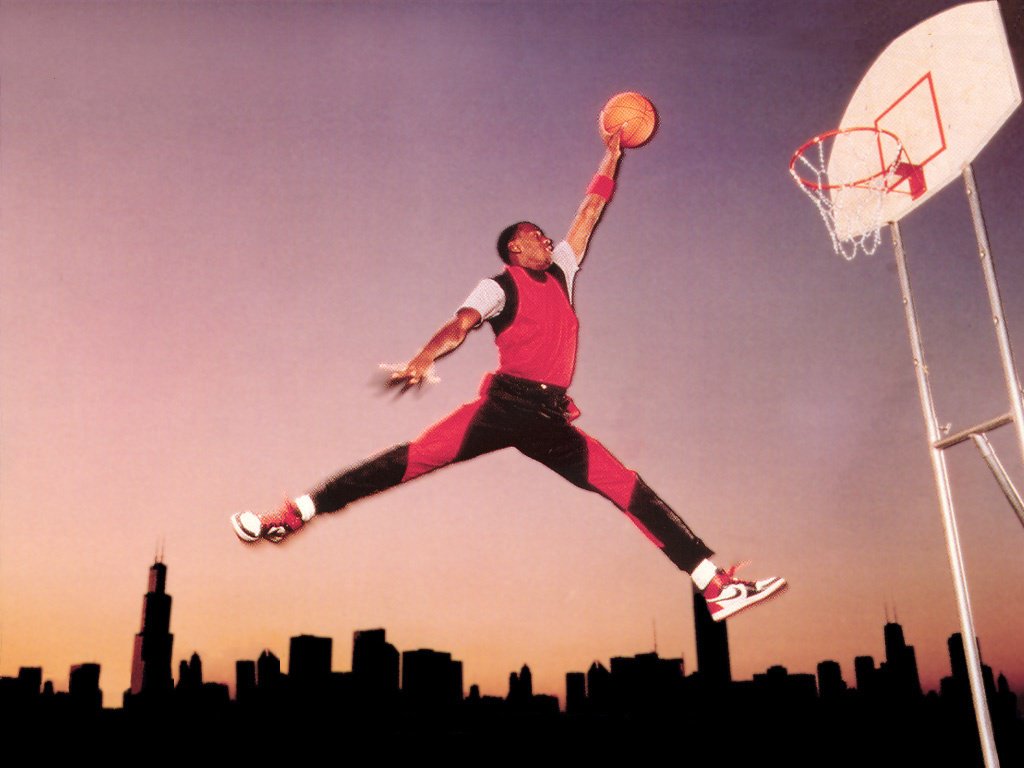
“A startup would do well to watch the ratios that Nike uses. They have spent between 7% and 13% on their advertising and sponsorships every year and the lion’s share of the spend was on brand awareness and brand image,” says Chris Farmer.
“Advertising and communicating on a specific product or price point only opens you up to being undercut. If you insist on your message, however, you have a much stronger line of defense. Nike has been all about sport and athletes since day one – Phil Knight saw to that. They have never started price wars, never tried to exit their area of expertise, and the market rewards them for it.”
2. Inclusive Message
Who is Nike’s target market? First and foremost, it was professional athletes. The entire product development revolved around the athlete’s needs and preferences. But it was never just about the professional athletes.
“I don’t need to fill a stadium or cause one to erupt with joy. I don’t need to hear 60 thousand people chant my name. I’ll never have a fan club, get a signing bonus, or even sign an autograph. But can you honestly tell me I’m not an athlete?” says a star of one Nike commercial, dancer Sofia Boutella.
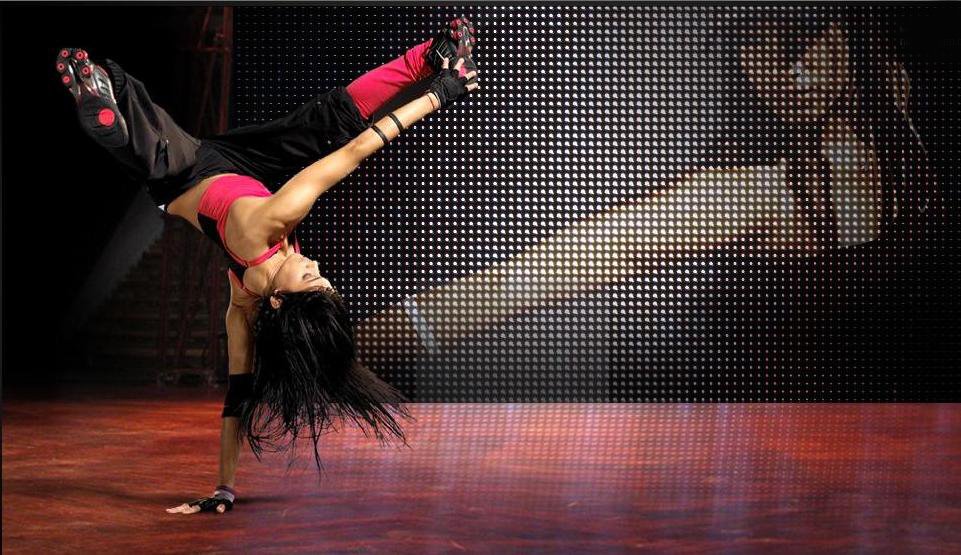
In a way – we are all potential athletes, and this ethos was carefully nurtured in the intertwined process of Nike’s targeting and Nike marketing strategy. The “Just Do It” slogan applies equally to an athlete looking to break the world record and a kid attempting to score a three-point at a basketball game at the local playground. Furthermore, it can apply to any situation in life, associating the Nike brand with decisiveness in the face of risk and adversity.

“Somehow we’ve come to believe that greatness is reserved for the chosen few, for the superstars. The truth is greatness is for all of us. This is not about lowering expectations, it’s about raising them for every last one of us. Because greatness is not in one special place, and it’s not in one special person. Greatness is wherever somebody is trying to find it,” says the advertisement in “Find Your Greatness” Nike marketing campaign.
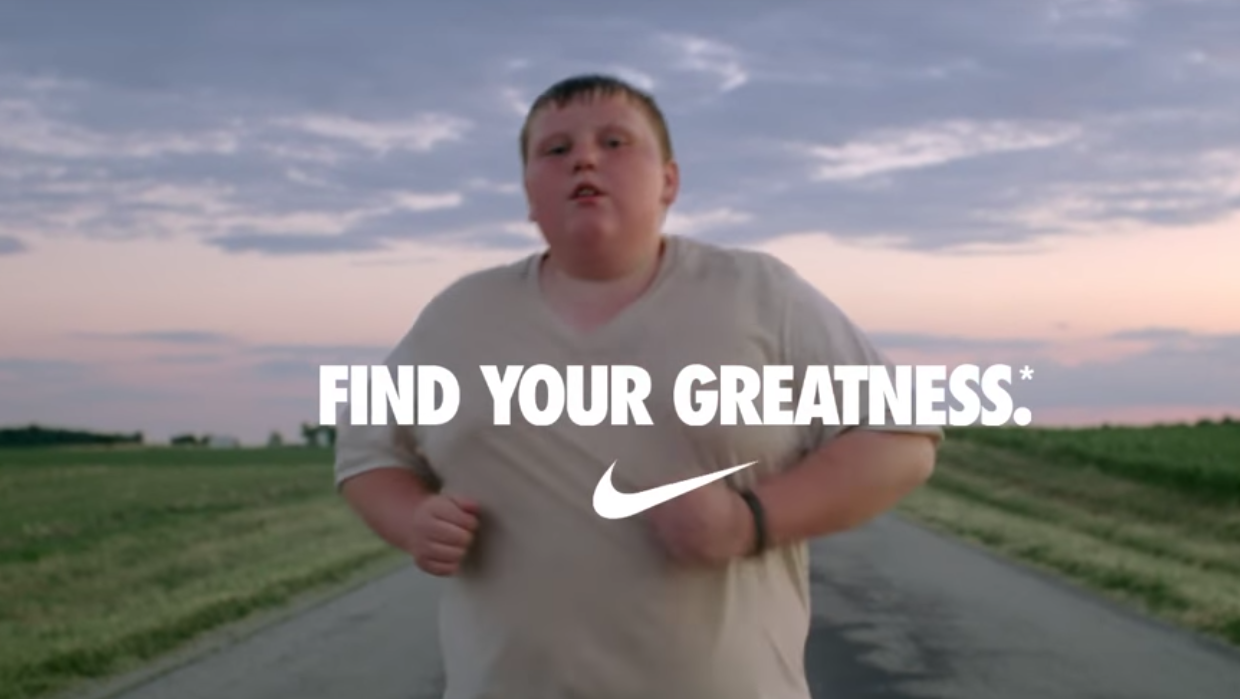
This particular commercial is the perfect illustration of the inclusivity of Nike marketing strategy and the logic behind it. You’d be least inclined to think that an overweight kid could be your target audience.
This advertisement sends a message that he, too, is a valuable customer who gets to be the part of the club. The silence, boy’s heavy breathing, and relentless squashing of running shoes paint the unusual picture of greatness found in difficult beginnings.
So when you’re doing a market opportunity analysis, spend some extra time thinking outside of the box when it comes to your target market. Who are your certain customers? Who are your potential customers? How do you expand your message to reach them? The broader your audience – the stronger your brand.
3. Selling a Dream, Not a Product
Throughout the years, Nike’s commercials have never focused on their products’ impeccable design and quality. If there is a concise way to describe Nike marketing strategy, it would be – selling aspiration.
“No one buys Coke because they need sugared water. They buy it because they know it and they associate the brand with love, happiness, and belonging,” says Farmer. “That emotional bond makes consumers choose Coke over other soft drinks. Likewise, we choose Nike because it expresses how we feel about ourselves and how we would like other people to perceive us.”
One of the ways Nike became a master at selling aspiration was tying its name to the successful athletes – connecting its brand to hard work, discipline, decisiveness, and success.
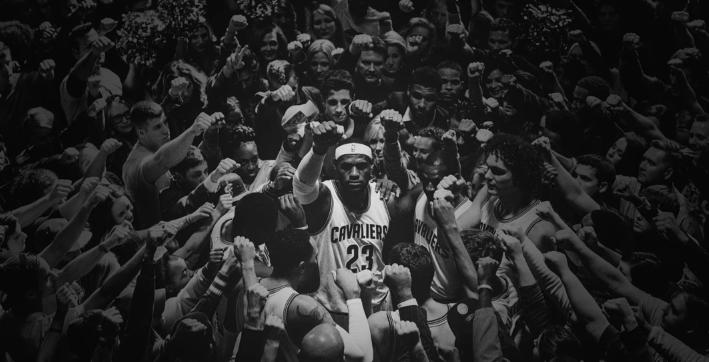
After the Air Jordan brand was born, Michael Jordan went on to compile dozens of individual and team accolades – wearing his signature shoes in every game.
As millions of people were watching, wishing they would be as skilled and powerful as Jordan is, the messaging was simple. Buy these shoes and you’ll run faster, jump higher, shoot across the court better.
Furthermore, the inclusivity of the marketing message, as seen in Find Your Greatness or Unlimited campaigns, convinces us that we could all be like Michael Jordan or Sofia Boutella, on our own terms. Nike shoes on our feet are the first step towards that goal.

So think about it – no matter how specific your product is, how does it reflect on your customer’s life in a broader sense? Can it make them happier, healthier, more self-confident, more decisive?
The hammer you sell can hit the nail and pin it to the wall. But the thing you hang on that nail – a family photo, a painting – is what makes your house a home. So don’t sell a hammer – sell an idea of a warm, loving home.
4. Raising the Bar
Yes, some things about people never change – from the dawn of civilization to the modern times, we’ve all wanted to be loved and appreciated. Some things, however, do change.
“The way brands express themselves to inspire trust and loyalty is changing all the time. A brand must be keenly aware of changing trends in society and consumer trends in general and make sure that it stays in line with them. Apple appeals to our creativity, Starbucks to our social conscience, and Nike to our self-confidence,” Farmer explains.
In the last decade, the message of self-confidence and pushing for excellence moved from the TV screens to our smartphones and computers. Apart from digital ad campaigns, Nike kept launching cutting-edge apps and products complementary to its mission, shoes, and sportswear. Some of them are Nike FuelBand, Nike Kinect, Nike+ RunClub, Nike Training Club, etc.
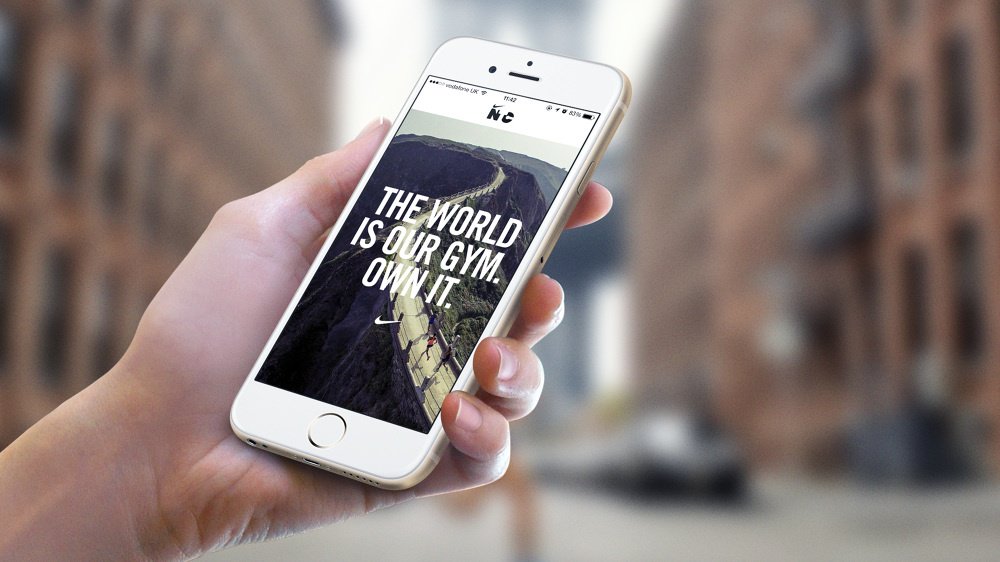
These technologies serve as another way for Nike to connect with its customers on a personal level – along the lines of Nike’s culture. For example, FuelBand fosters determination and excellence by tracking the user’s vitals and encouraging them to push harder at the crucial moments during the exercise routine. So FuelBand is basically Nike’s core value – delivered through an entirely new, interactive, digital channel.
Innovation is one of the foundations of Nike’s mission – but the company has never fostered change for the sake of change.

“The Nike collection, from season to season, follows closely the 80-20 rule. This allows them to experiment in design without affecting their revenues. The classic Nike running shoe, Cortez, has been a part of almost every collection since 1972. Nearly 50 years of consistency in product, brand, and message. This is a lesson to be learned from Nike,” remarks Farmer.
Conclusion
Nike emerged in different times, exploring a market that was still not developed. Replicating its path on the exact same terms is impossible. But the strength of Nike’s brand has always relied on fairly traditional marketing postulates and there is a lot to be learned from the way they built and solidified their position.
The magnitude of Nike’s success does not make Nike marketing strategy unattainable for a business beginner. As the ways we interact and communicate grow and adapt, so do the brands and brand communication – and this is an opportunity for anyone who’s looking to create and grow their own identity in the business world.
“A brand does not change the way we think about anything – it is there to reinforce what we were already thinking,” concludes Farmer.
And in branding, just like in sports, it’s the simple, well known, yet hard truths that deliver results – consistency and dedication.
Build Your Email List By 100K This Year Using Quizzes